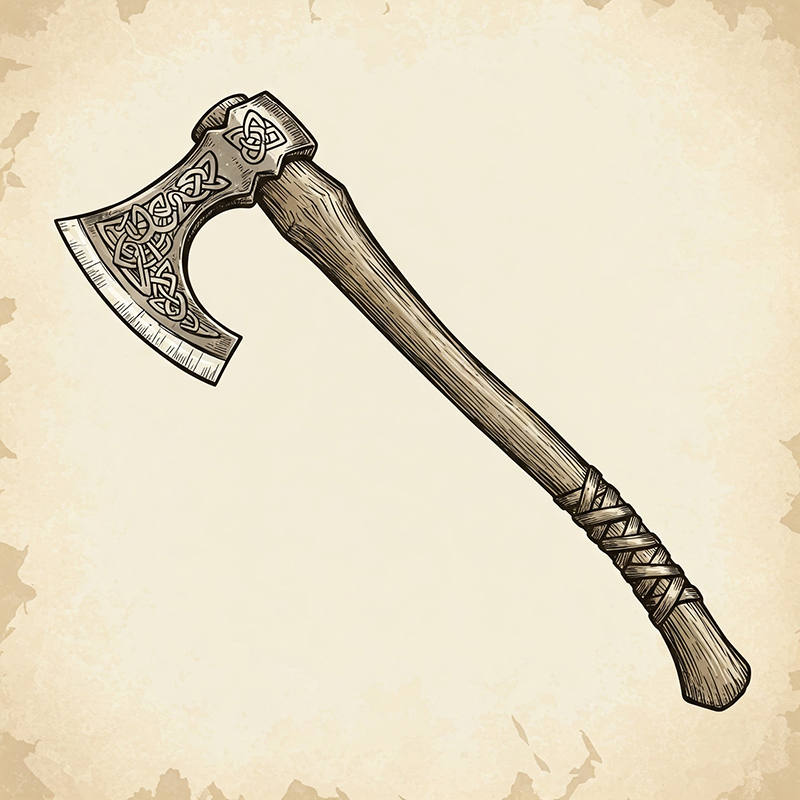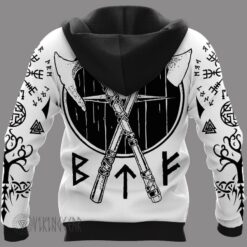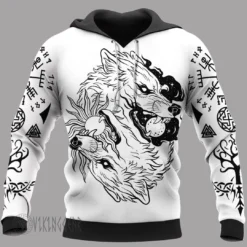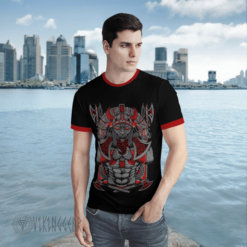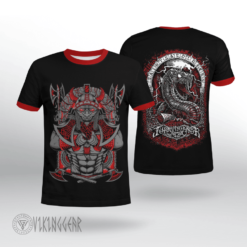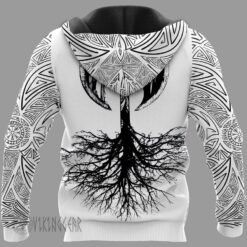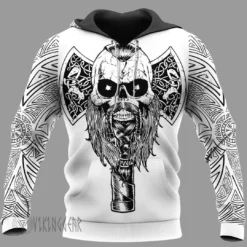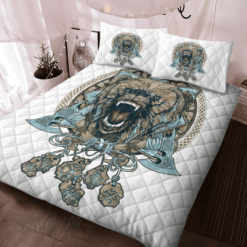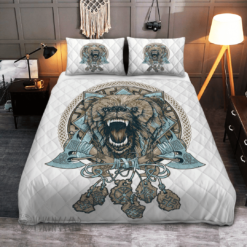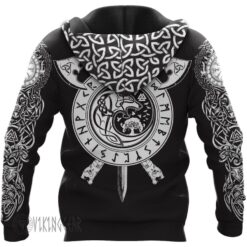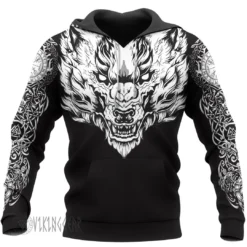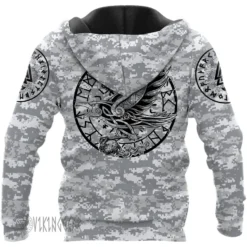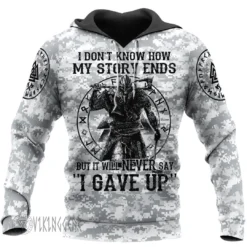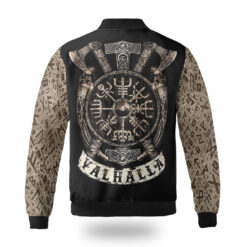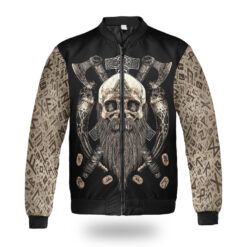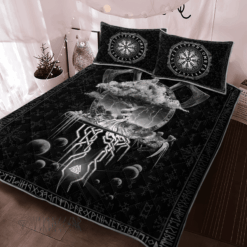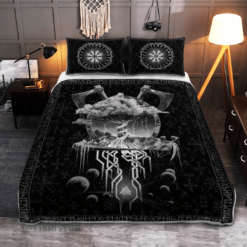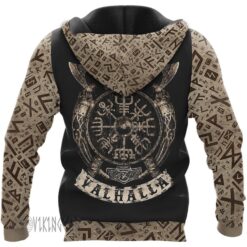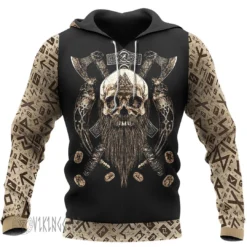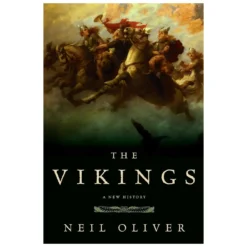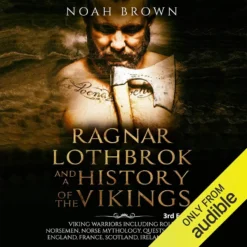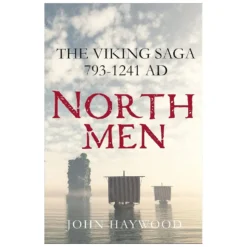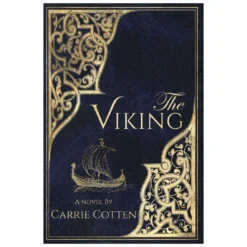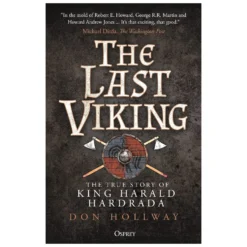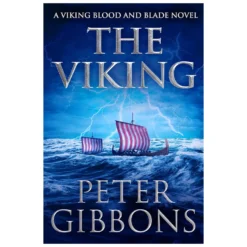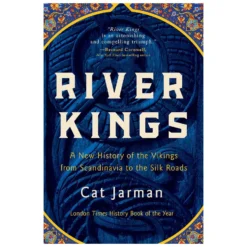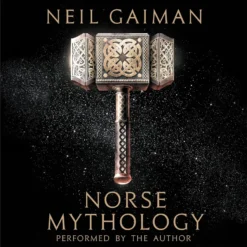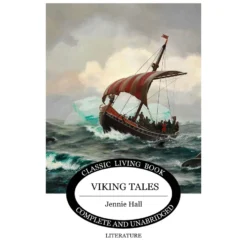Viking Blog
Real Viking Axe: A Legendary Weapon of the Viking Age
The Viking Age lasted from the late 8th century to the early 11th century. It was a period of exploration, conquest, and cultural change. The axe was key to a Viking warrior’s identity. The real Viking axe was a defining tool in both daily life and combat. Among their many weapons, it was one of the most famous and deadly. The real Viking axe was more than a weapon. It symbolized strength, craftsmanship, and practicality. It embodied the spirit of the Norse people.
The Origins and Evolution of the Real Viking Axe
The axe was not a weapon of war. It was a tool for everyday tasks, like chopping wood and building homes. Its battle success and easy access made it a favorite weapon for Vikings. Unlike swords, which were costly and for the elite, axes were cheaper and more common. Even the poorest Viking could arm themselves with a sturdy axe, making it a weapon of the common warrior.
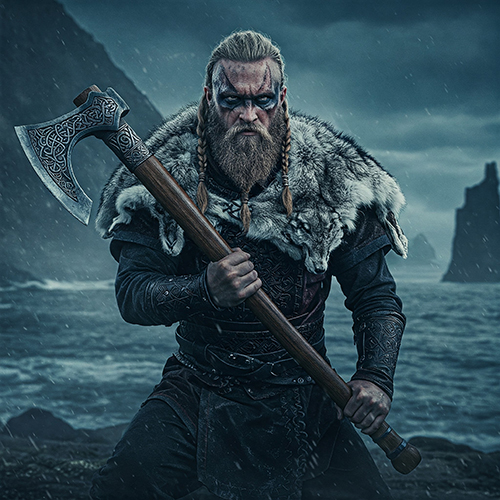
As warfare evolved, so did the design of Viking axes. Early Viking axes were simple. But, they refined them over time for greater efficiency in battle. The Dane axe was a long-handled weapon with a broad blade. Its development marked a big advance in Viking weapons. This axe, used by elite warriors and bodyguards, was great at breaking armor and shields.
Design and Craftsmanship
Viking axes varied in shape and size. But, they had some traits in common. These made them effective in combat.
- Blade Design: Blacksmiths made Viking axe heads of iron. Blacksmiths forged them with a single, sharp edge. Some had intricate engravings. They showed the skill and art of the Norse blacksmiths. The cutting edge could range from a few inches to over a foot in length, depending on the axe’s intended purpose.
- Handle Length: Axes came in different lengths. Smaller axes, called hand axes, had shorter handles. They were good for one-handed use and throwing. Longer axes, like the Dane axe, had long, five-foot shafts. They wielded them with both hands, delivering powerful, sweeping strikes.
- Weight and Balance: Designers crafted Viking axes to be lightweight yet deadly. Viking axes were faster and more agile than later heavy battle axes. This allowed warriors to launch swift and effective attacks. They also kept control of their movements.
- Decorative Elements: Some Viking axes were very decorative. They often had silver or gold inlays and detailed carvings. They were likely owned by chieftains or high-ranking warriors. This signified their status and prestige.
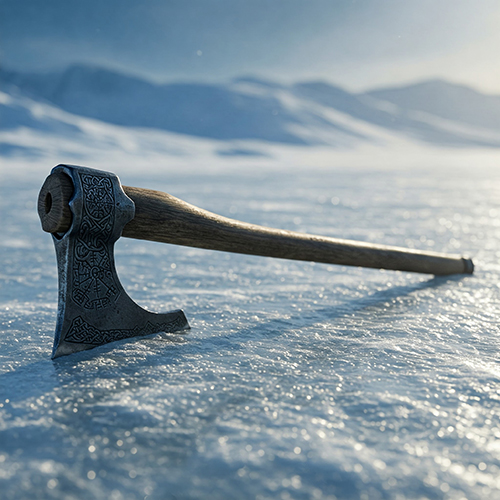
The Viking Axe in Battle
Warriors used the Viking axe as a versatile weapon in various ways during combat. Warriors employed different techniques depending on the type of axe they wielded.
- Slashing and Cleaving: The Viking axe had a sharp, curved blade. This design allowed for strong, sweeping strikes. It could cut through armor, shields, and limbs.
- Hooking and Trapping: Some axe heads had a pronounced beard. They could hook an enemy’s shield, exposing vulnerabilities.
- Throwing Attacks: Skilled Vikings could throw their hand axes with precision. They could hit enemies at a distance before closing in for melee combat.
- Breaking Formations: The Dane axe had a long handle and great power. It was very effective against shield walls and tight formations. It broke through enemy lines with its force.
Symbolism and Cultural Significance
Beyond its battlefield utility, the Viking axe held significant cultural and symbolic meaning. It was often depicted in Norse mythology and sagas, wielded by legendary heroes and gods. The most famous mythological axe belonged to the god Thor. His hammer, Mjolnir, was like the Viking axe. Both were symbols of power and destruction.
Viking warriors were often buried with their weapons, including their axes. This highlights the importance of the real Viking axe as both a practical weapon and a sacred artifact. This was part of their burial rituals. This practice suggests that axes were not war tools. They were, instead, essential possessions for the dead in the afterlife.

Famous Real Viking Axes and Archaeological Discoveries
Excavations have found many Viking axes. They provide insights into their design and use. Some of the most notable finds include:
- The Mammen Axe: Discovered in Denmark, this ornate axe has intricate silver inlays. It suggests that it belonged to a high-status individual. The designs suggest Christian influences. They show a blend of Norse and Christian traditions during the Viking Age.
- The Langeid Axe: Archaeologists discovered this large axe in a Viking grave in Norway. It likely belonged to a strong warrior. Its size and craftsmanship say that it was more than a weapon—it was a status symbol.
- The Viking Axes of Gotland: Archaeologists discovered many axes on Gotland, a Swedish island. They show a variety of styles and uses, from simple working axes to elaborate battle weapons.
The Viking axe remains one of the most iconic symbols of Norse heritage. It is a popular topic in historical reenactments, books, and media. This includes Viking movies and shows like Vikings and The Last Kingdom.
Modern craftsmen and blacksmiths still make replica Viking axes. They keep the art of Norse weapon-making alive. Martial arts practitioners studying old combat techniques train with Viking axes. They strive to master the handling of the real Viking axe, gaining insight into ancient fighting methods. They seek to understand the skills of ancient warriors.
Conclusion
The Viking axe was more than a war tool. It showed the Norse people’s skill, ingenuity, and resilience. The axe had humble, utilitarian beginnings. It became legendary on the battlefield. It played a crucial role in shaping Viking history. Today, it is a lasting symbol of the Viking Age. It reminds us of the fearless warriors who roamed the seas and made their mark on history.

